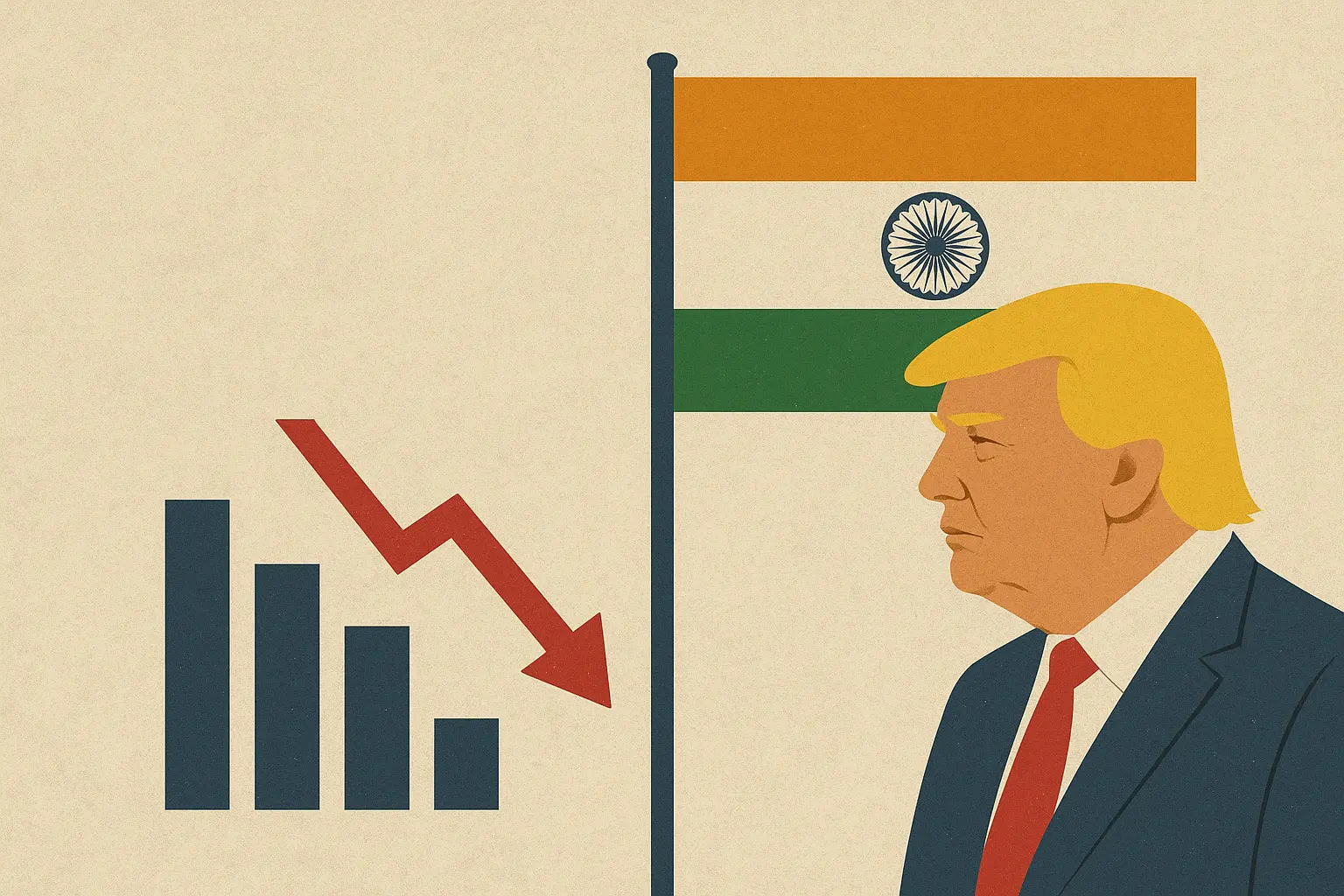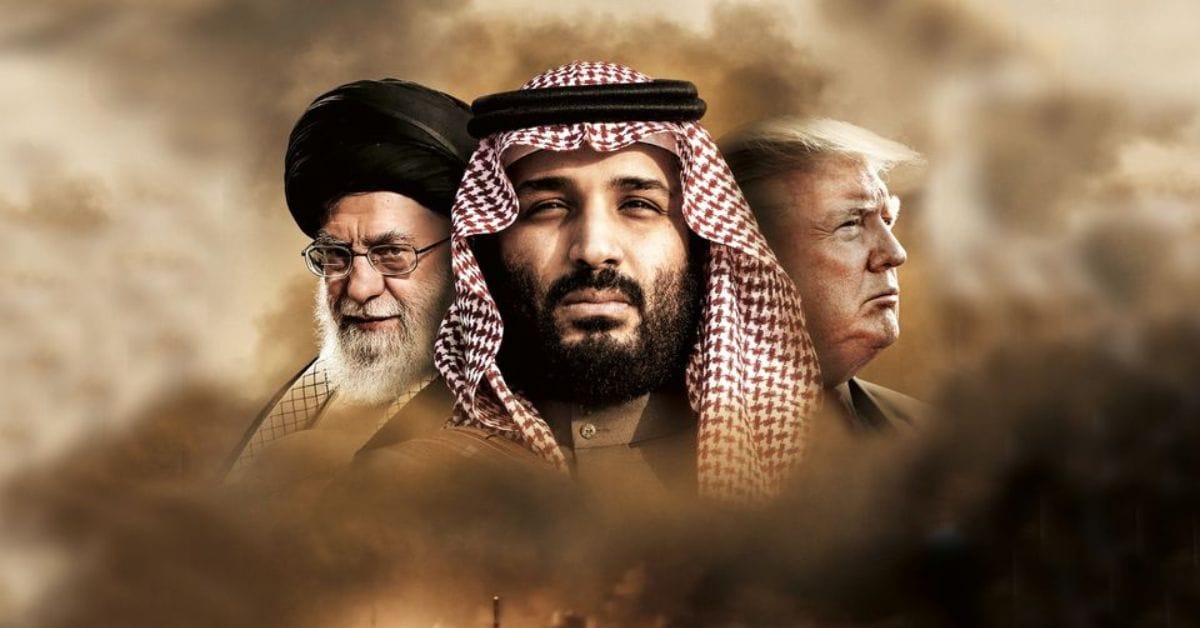When the “America First” trade policy was declared by U.S. President Donald Trump in his previous term, he framed it as a move to protect U.S. workers from what he labeled unfair foreign competition. India, even as a long-time U.S. ally, found itself squarely in the crosshairs. Trump claimed that India charged high tariffs on American products while gaining preferential entry into U.S. markets. Such a disparity, he said, required a corrective measure. The tariffs did not come as a blanket measure initially but were developed incrementally through a series of increments.
The most important was in 2019 when the Trump administration terminated India’s privileges under the Generalized System of Preferences (GSP), which had permitted duty-free exports of as much as $6 billion worth of Indian merchandise every year. Trump complained further about India’s higher duties on American motorcycles (infamously Harley-Davidson) and medical devices. In addition to the withdrawal of GSP, Washington levied wider tariffs on steel (25%) and aluminium (10%) imports from India as a global step against several countries.

To India, a nation that exports significantly to the U.S. in textiles, engineering products, gems, and pharmaceuticals, the tariffs had symbolic as well as economic value. The action had as much to do with Trump’s aggressive trade temperament as with profounder issues regarding the Indo-U.S. economic power dynamics.
The Economic Impact on India
1. Loss of GSP Benefits
References
- Office of the United States Trade Representative (USTR). “U.S. Withdraws GSP Benefits for India.” 2019.
- Congressional Research Service. U.S.-India Trade Relations. 2020.
- The Hindu. “Trump ends preferential trade status for India.” June 2019
- Reuters. “India slaps retaliatory tariffs on U.S. goods.” June 2019
- BBC News. “Trump calls India ‘tariff king’.” November 2018.
- World Trade Organization (WTO). Dispute Settlement: United States — Steel and Aluminium Products (India). 2019
- U.S. Census Bureau. Foreign Trade Data: U.S.-India. 2019–2021
- The Economic Times. “India, US bilateral trade grows to $112 billion.” March 2022
- Brookings Institution. The U.S.-India Trade Tangle under Trump. 2020
- Ministry of Commerce, Government of India. Trade Policy Documents. 2019
- White House Fact Sheet. “U.S.-India Trade Policy Forum.” November 2021
All the views and opinions expressed are those of the author. Image Credit: The Viyug.
About the Author
Jaiee Ashtekar holds a bachelor’s degree and a master’s degree in political science from the University of Mumbai. She holds a post-graduate diploma in international relations from the University of Strathclyde, United Kingdom (UK). She has done projects titled “Kashmir through Political Perception” and “Water issues between India and Pakistan.”




One thought on “Tariffs ≠ Collapse: India’s Trade Journey through Trump-Era Tariffs”